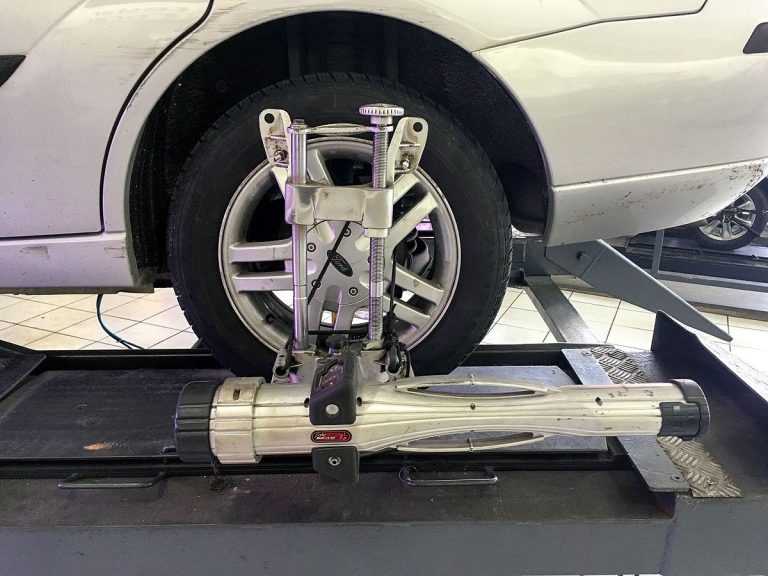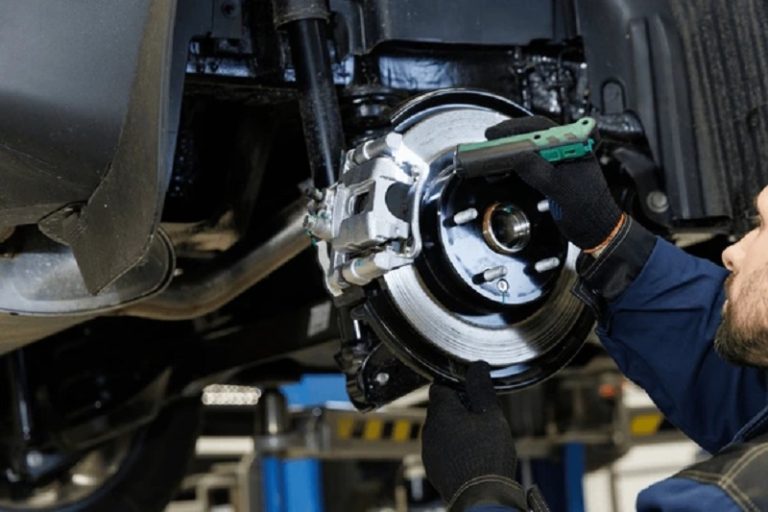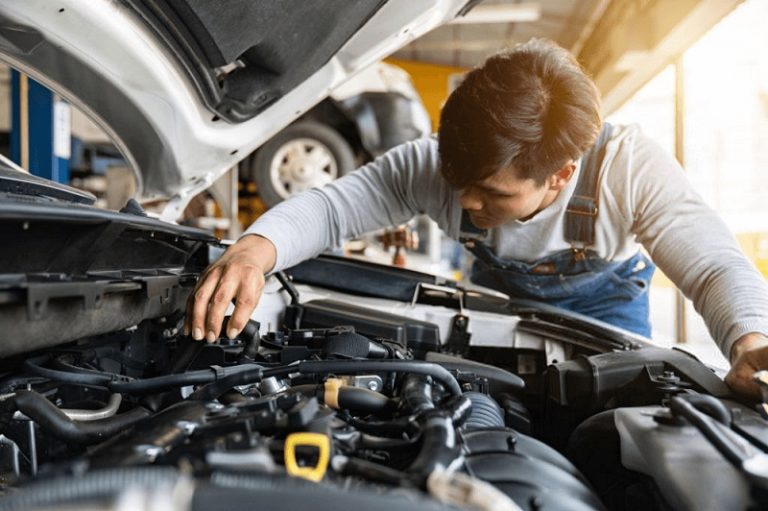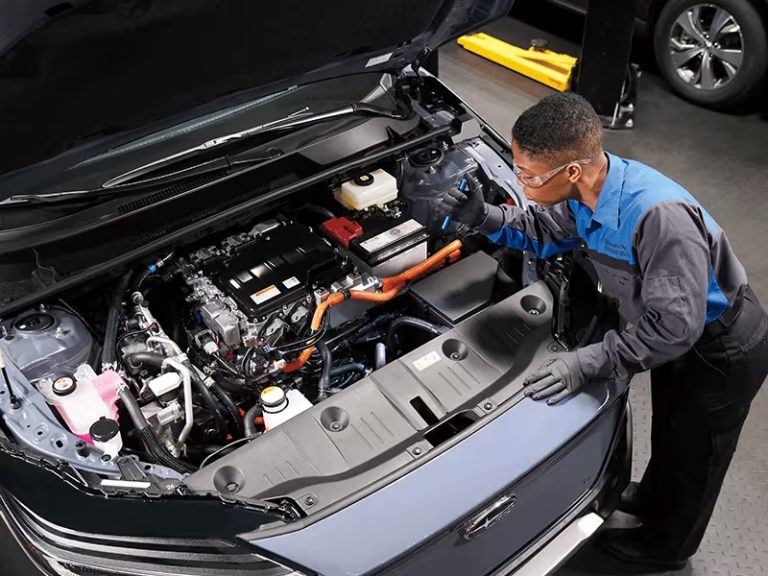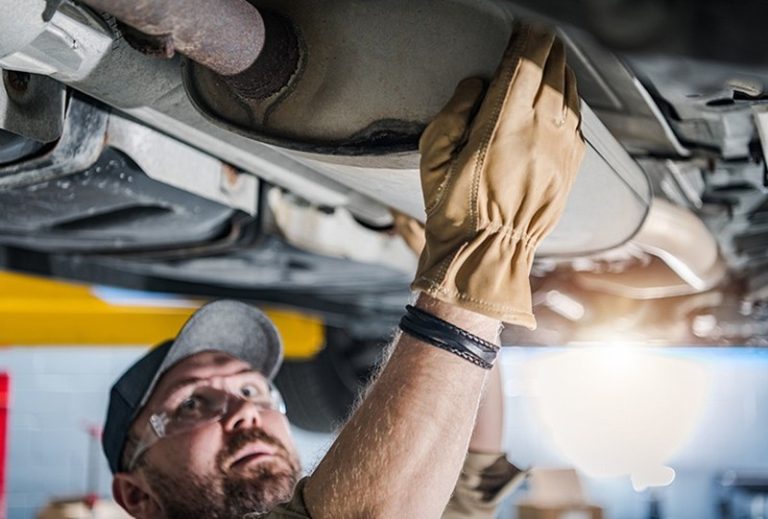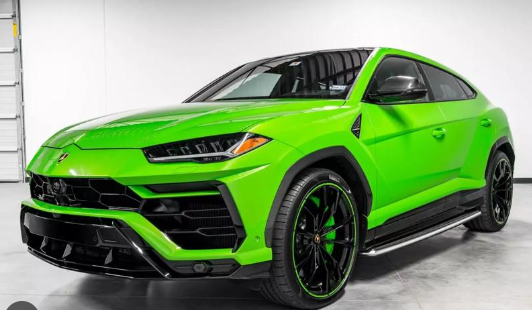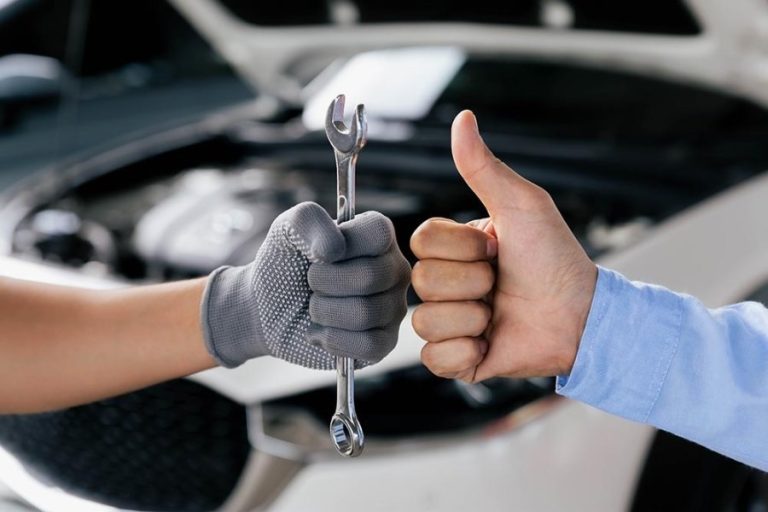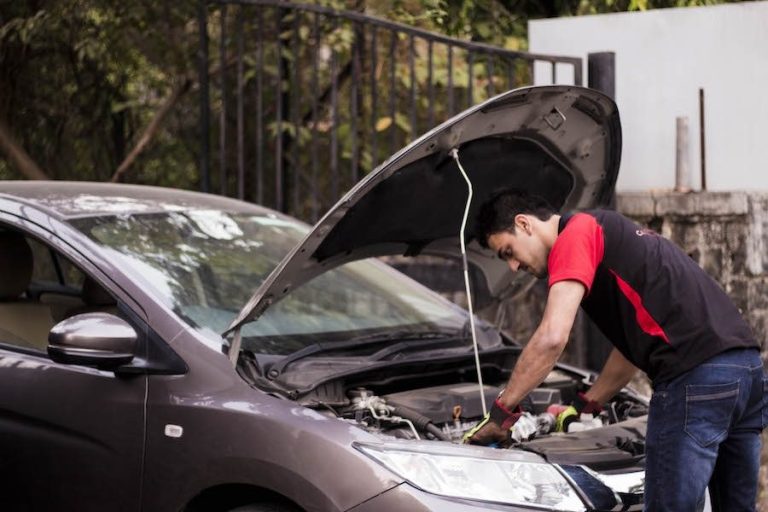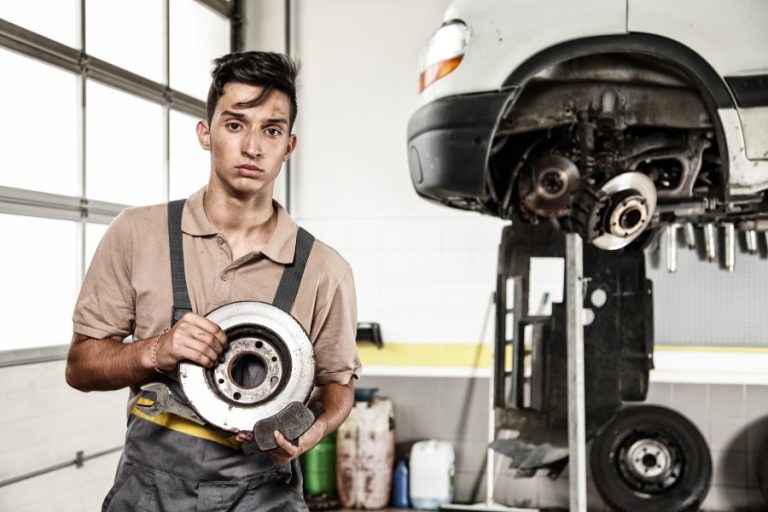Stuck or jammed car doors can cause more than just mechanical inconvenience—they can also lead to significant damage to the interior trim. When a door becomes stuck, it might require excessive force to open or close, which can stress the trim pieces inside the vehicle. For example, repeated attempts to open the door can lead to scratches, cracks, or even detachment of the trim. Additionally, misalignment caused by a jammed door can put pressure on the trim, causing deformation or permanent damage. Understanding the impact of stuck doors on interior trim is essential for effective restoration.
Diagnosing the Cause of a Stuck Door
Before addressing the interior trim damage, professionals first identify the cause of the door malfunction. Common reasons for a stuck car door include issues with the door latch, a jammed locking mechanism, misalignment, or damaged hinges. In many cases, the door is physically obstructed by an object or misalignment in the door’s frame. A technician will carefully examine the door’s locking and hinge systems, along with the trim around the door, to ensure the problem is fully diagnosed and corrected. Fixing the mechanical issue is crucial to prevent further strain on the interior trim during the repair process. Look for the European Auto Repair in Denver, CO based service in this case.
Protecting Interior Trim During Door Repairs
Once the cause of the stuck door is determined and addressed, professionals will take measures to protect the interior trim from further damage. The trim pieces around the door, such as the door panel, armrest, and handle, are often delicate and can be scratched or cracked if the door is forced open. Technicians use protective coverings and specialized tools to ensure the trim remains safe while working on the door mechanism. This is a key step in preventing additional damage to already fragile components during the repair process.
Repairing or Replacing Damaged Interior Trim
Once the door is fixed, the damaged interior trim is the next area of focus. Depending on the extent of the damage, the technician may be able to repair the trim using adhesives, filler, or specialized tools to restore its original shape. For minor cracks and scratches, professional repair can leave the trim looking almost as good as new. However, if the trim is severely damaged or broken, the technician may need to replace the affected pieces. This often involves sourcing replacement trim parts that match the vehicle’s make and model to ensure a seamless restoration.
Preventing Future Interior Trim Damage
To prevent future interior trim damage from stuck doors, regular maintenance and timely repairs are essential. Ensuring that door latches, hinges, and weather stripping are in good condition can help prevent doors from becoming jammed. Additionally, keeping the door properly aligned and addressing issues promptly can prevent unnecessary strain on interior components. Professional inspections and repairs, when performed regularly, help preserve the integrity of both the door mechanism and the trim, ensuring the longevity of the vehicle’s interior features.

